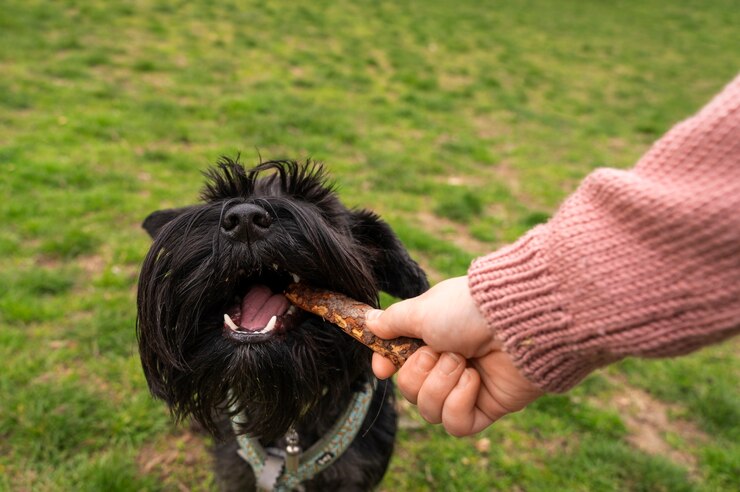Dog bites can be a concerning issue, affecting millions of people worldwide annually. While dogs are often cherished members of families, they have the potential to cause harm if not properly managed. Understanding how to prevent dog bites is crucial for both dog owners and the general public. In this comprehensive guide, we’ll explore practical strategies to mitigate the risk of dog bites, ensuring the safety of both humans and our beloved furry friends.
Understanding the Causes:
Before delving into prevention methods, it’s essential to recognize the underlying factors contributing to dog bites. Several reasons may provoke a dog to bite, including fear, territoriality, pain, illness, or simply feeling threatened. Additionally, lack of socialization, inadequate training, and irresponsible ownership can exacerbate the risk. By addressing these root causes, we can proactively reduce the likelihood of dog bites.
1. Proper Training and Socialization:
Training and socialization are fundamental aspects of responsible dog ownership. Early socialization exposes puppies to various stimuli, environments, and people, teaching them appropriate behaviors and responses. Positive reinforcement techniques, such as rewards for good behavior, are highly effective in shaping desired conduct. Basic obedience training helps establish clear communication between the owner and the dog, fostering mutual understanding and respect.
2. Educating Owners and the Public:
Education plays a pivotal role in preventing dog bites. Dog owners should be well-informed about their pet’s needs, behavior cues, and potential triggers for aggression. Understanding canine body language enables owners to recognize signs of distress or discomfort in their dogs, allowing them to intervene before a situation escalates. Moreover, educating the general public about approaching dogs cautiously, especially unfamiliar ones, can significantly reduce the risk of bites.
3. Responsible Ownership:
Responsible ownership entails fulfilling the physical, emotional, and behavioral needs of a dog. This includes providing adequate exercise, mental stimulation, and veterinary care. Neutering or spaying dogs can also diminish aggressive tendencies, reducing the likelihood of biting behavior. Additionally, adhering to leash laws and proper containment measures when outdoors helps prevent dogs from wandering unsupervised, minimizing potential conflicts with strangers or other animals.
4. Supervising Interactions:
Supervision is key when dogs interact with children, elderly individuals, or other pets. Even the most well-behaved dogs can exhibit unpredictable behavior, particularly in unfamiliar situations. Never leave young children unsupervised with a dog, and teach them how to approach and handle dogs respectfully. Similarly, monitor interactions between dogs to prevent conflicts or misunderstandings that could escalate into aggression.
5. Recognizing Warning Signs:
Understanding the warning signs of potential aggression in dogs is essential for avoiding bites. Common indicators include growling, baring teeth, raised fur, stiff body posture, and intense staring. If a dog displays any of these signals, it’s crucial to give them space and avoid provoking further agitation. Similarly, teach children and adults alike to recognize and respect these warning signs to prevent unnecessary confrontations.
6. Seeking Professional Help:
In cases where a dog exhibits persistent aggression or problematic behavior, seeking professional assistance from a certified dog trainer or behaviorist is highly recommended. These experts can assess the root causes of the aggression and implement targeted intervention strategies to modify the dog’s behavior effectively. Early intervention is critical in addressing behavioral issues before they escalate into serious safety concerns.
Conclusion:
Preventing dog bites requires a multifaceted approach that encompasses responsible ownership, proper training, education, and vigilant supervision. By understanding the underlying causes of aggression in dogs and implementing proactive measures, we can create safer environments for both humans and canine companions. Remember, fostering positive relationships between people and dogs is key to preventing bites and ensuring harmonious coexistence in our communities.
By implementing these strategies, we can work towards reducing the incidence of dog bites and promoting a culture of responsible pet ownership and safety for all.

